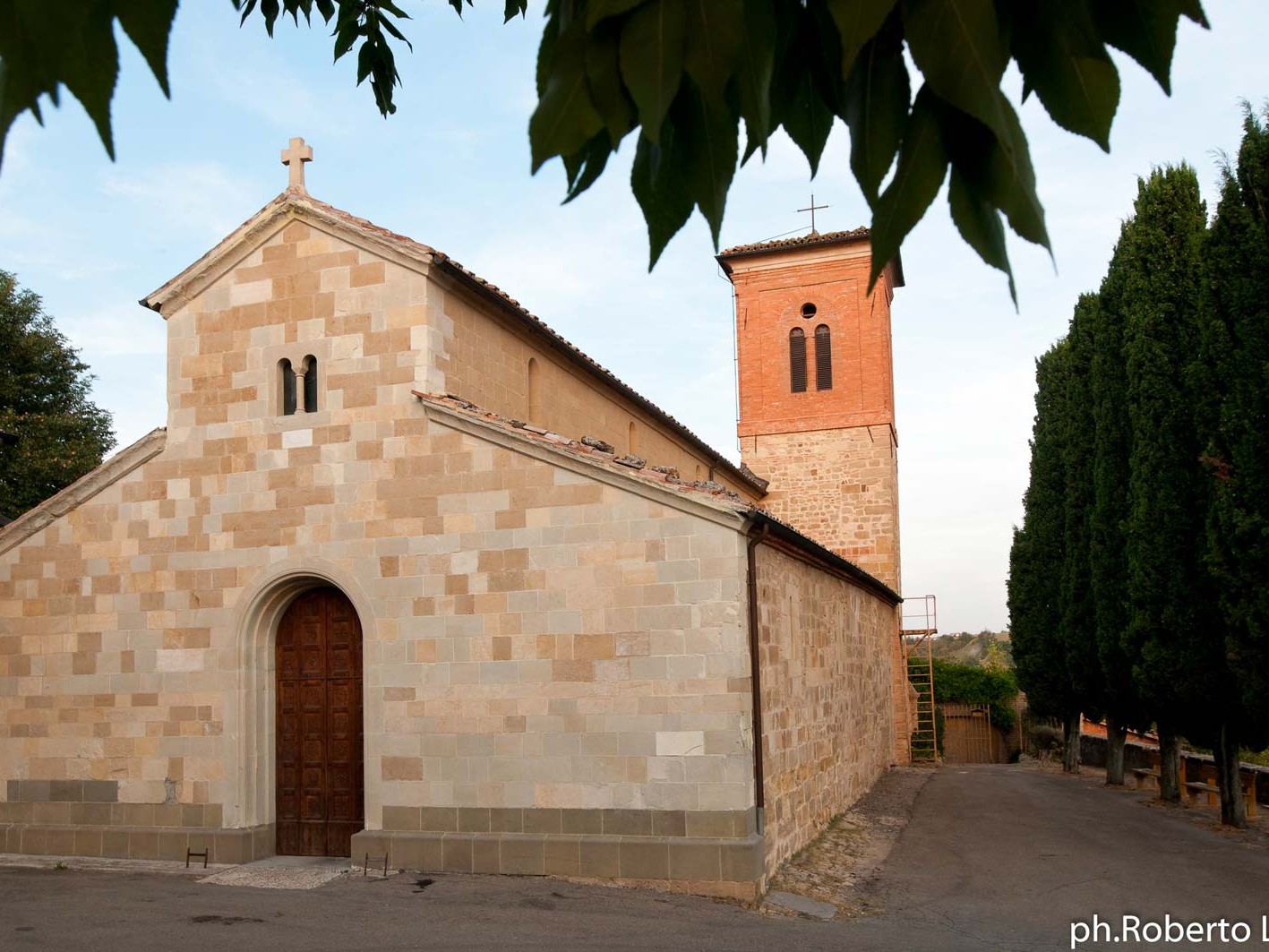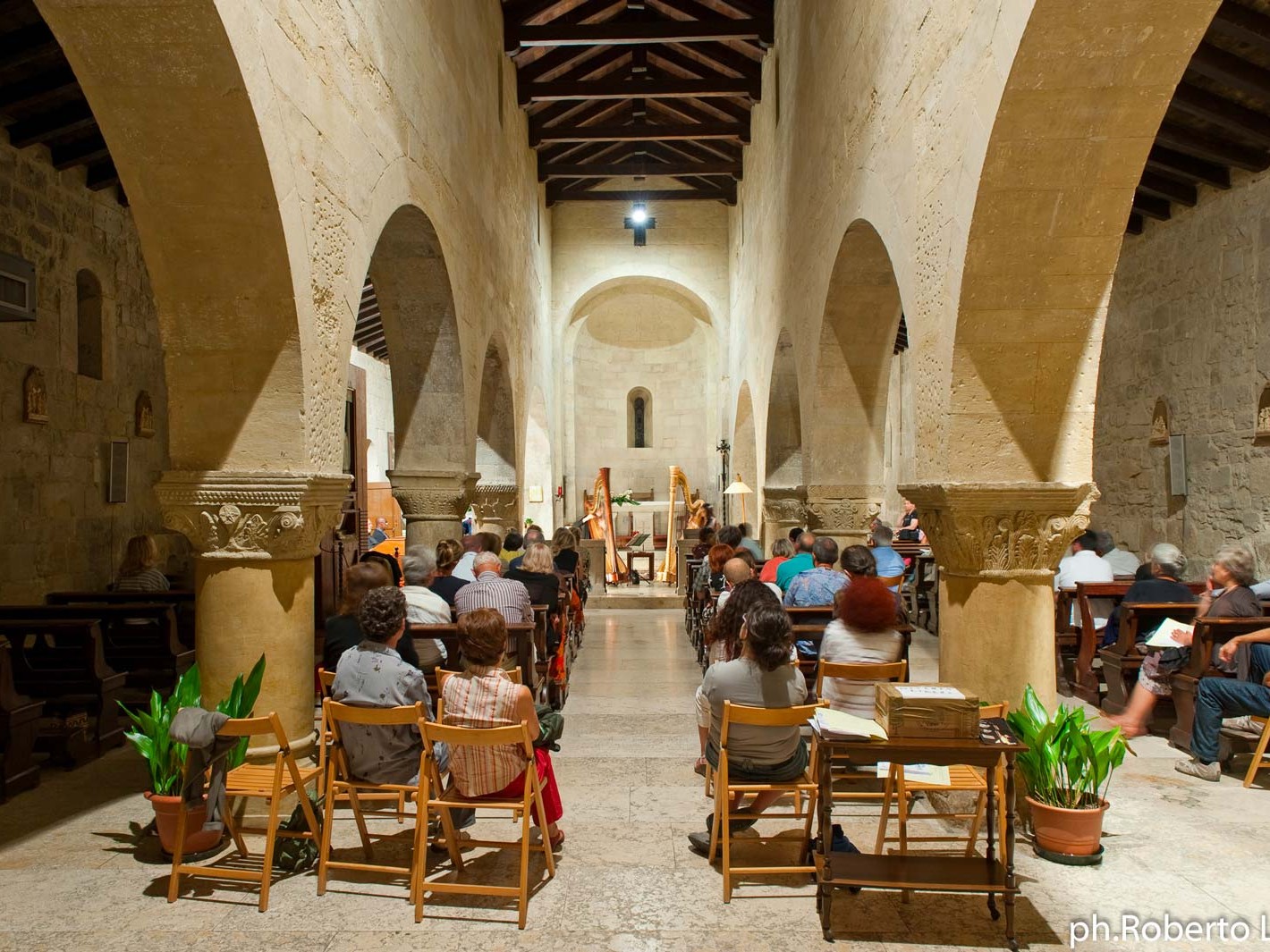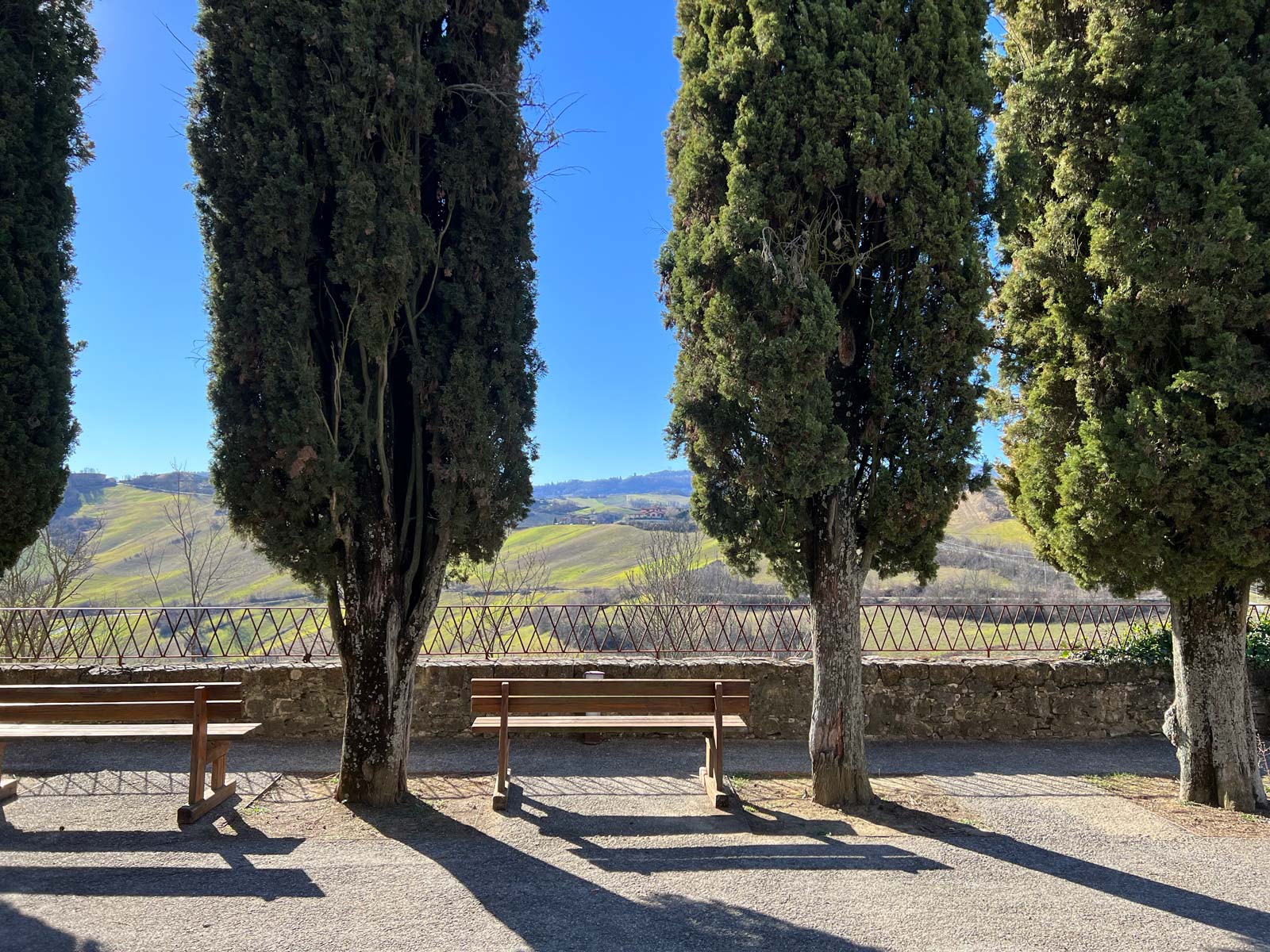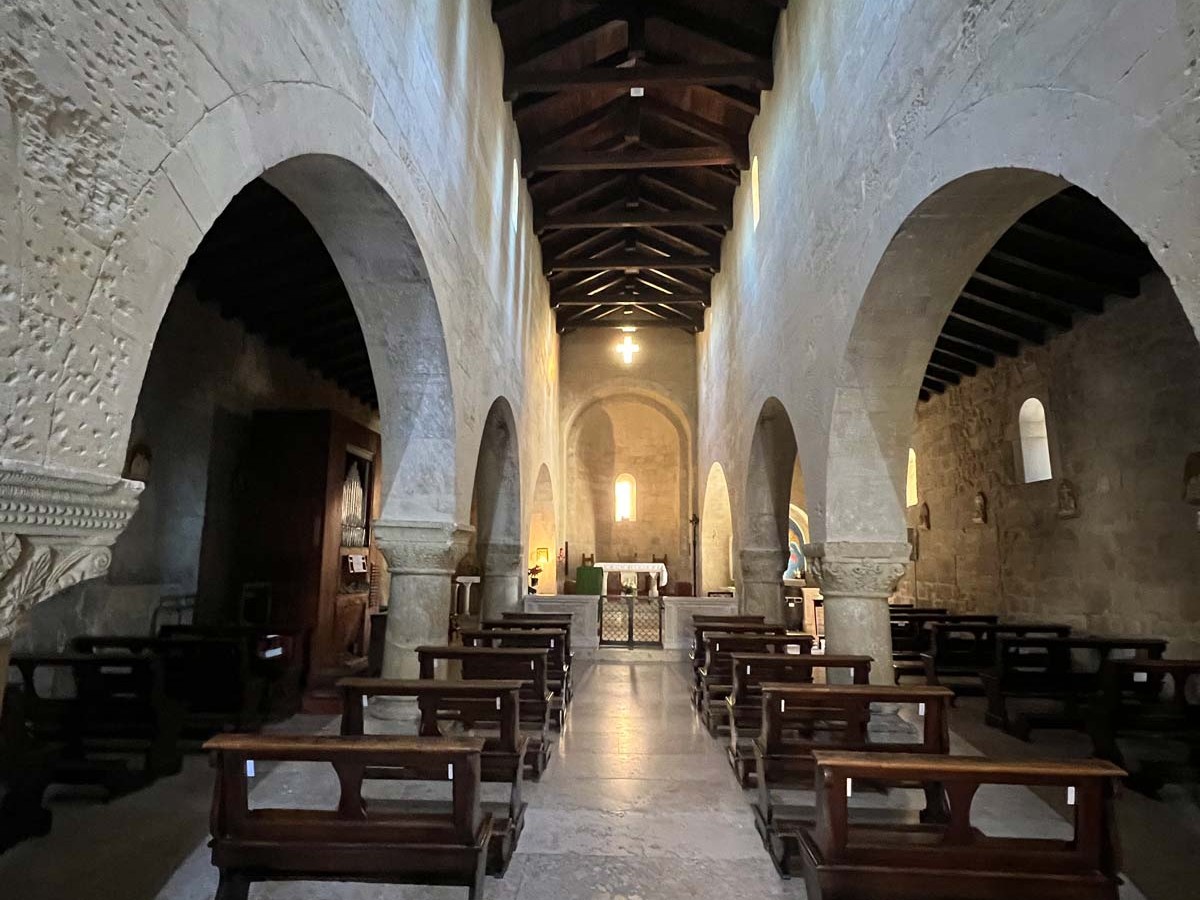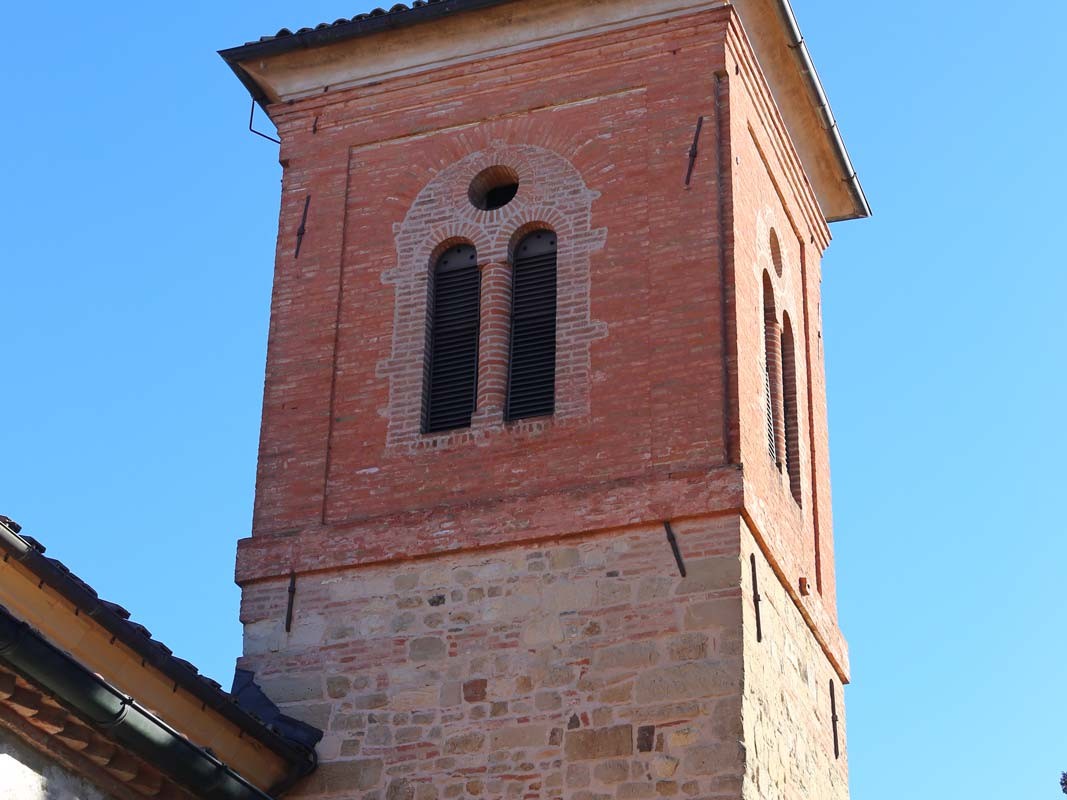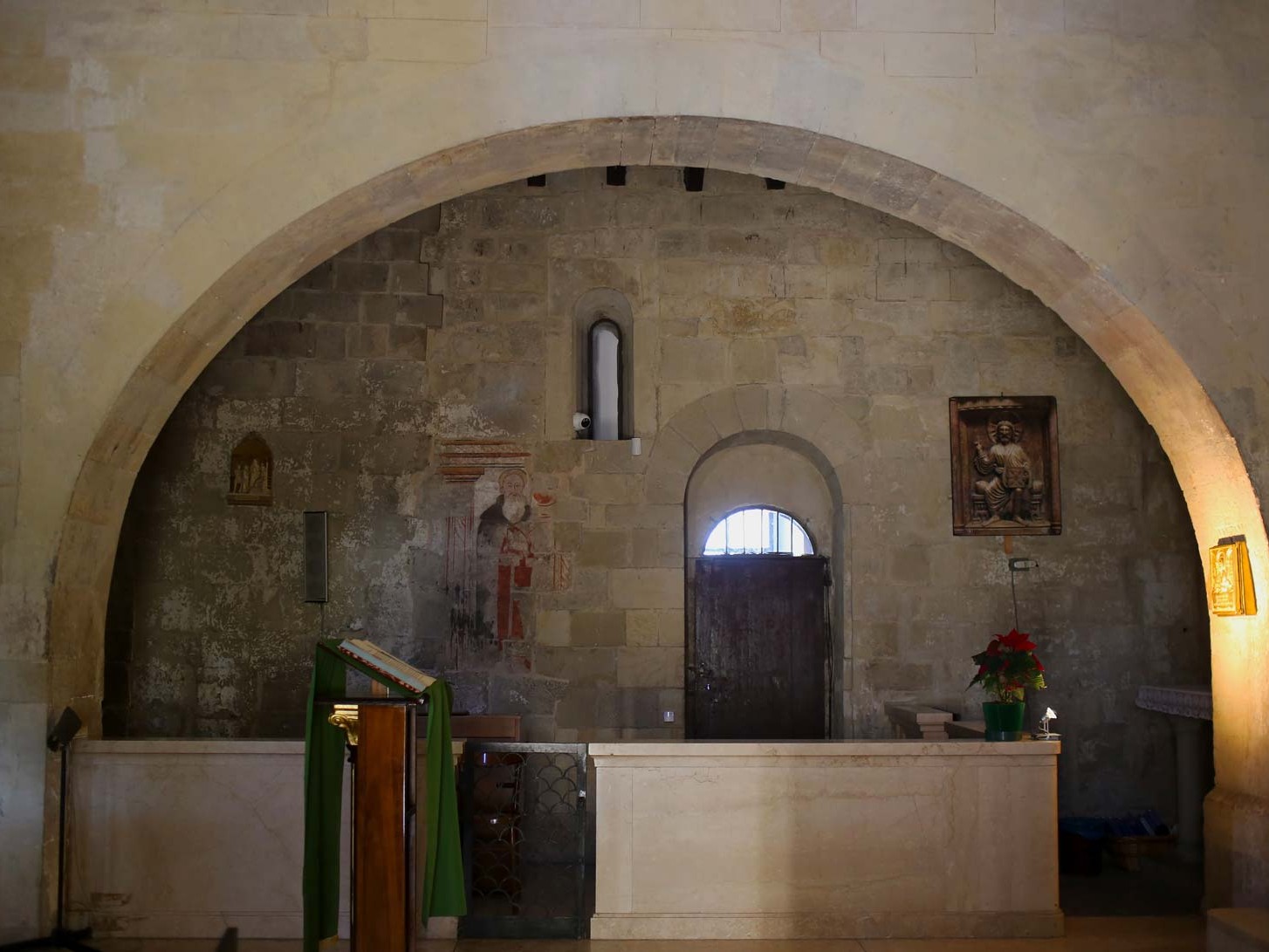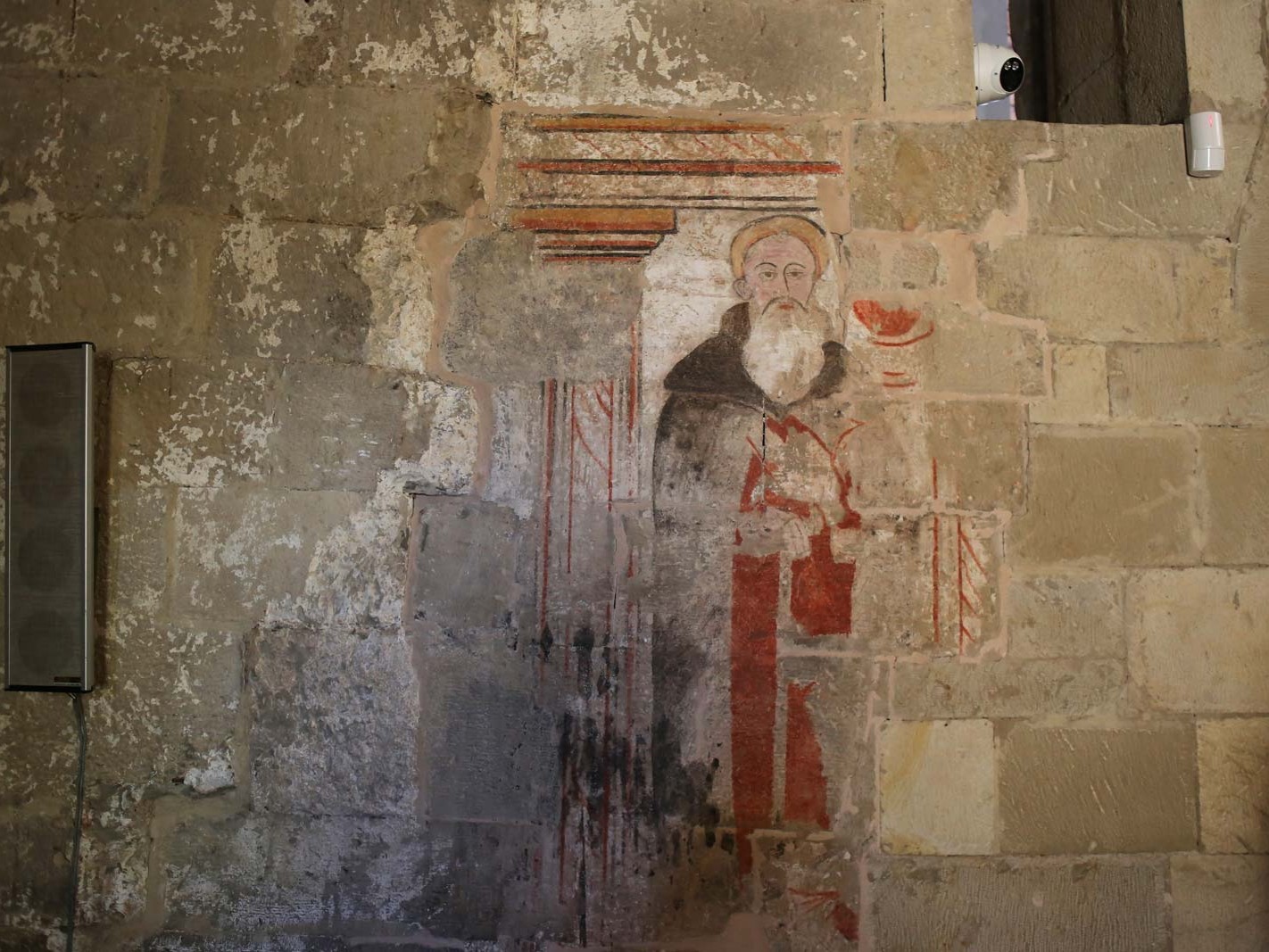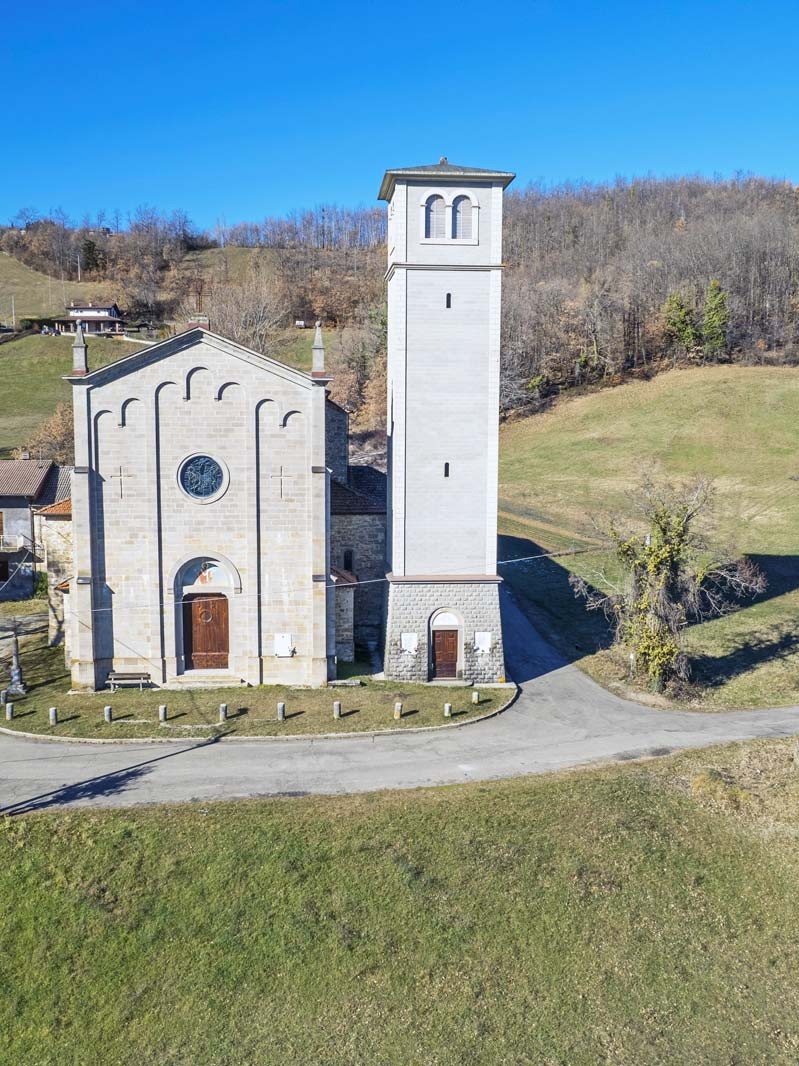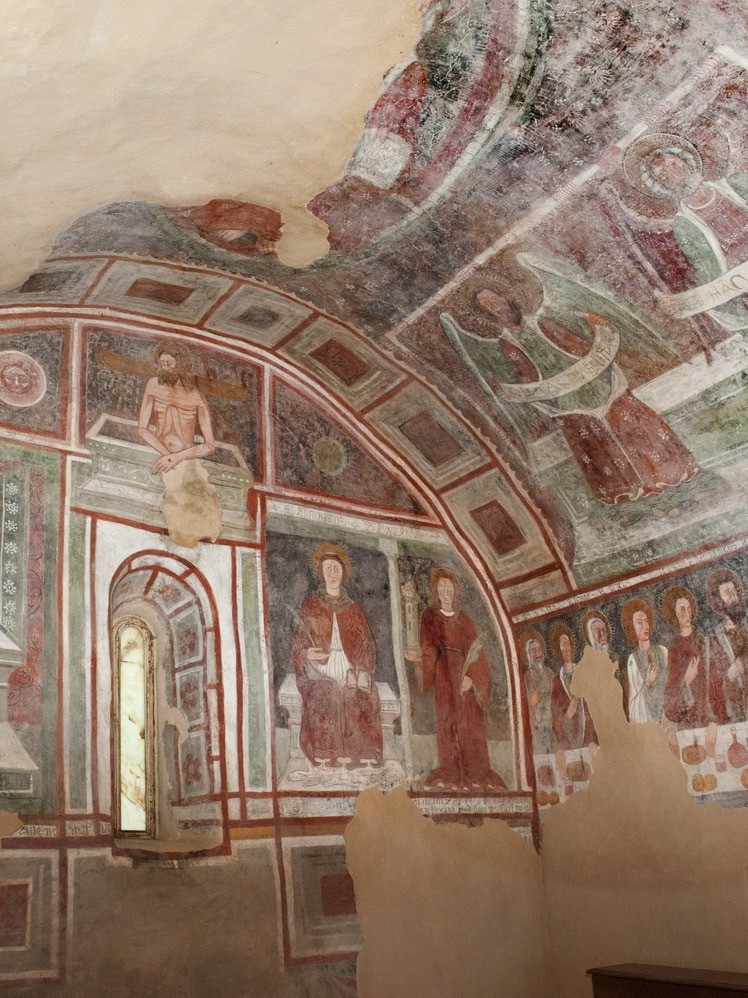Info
One of the most beautiful parish churches in the Modena Apennines. It stands in a quiet, peaceful spot, just a short distance from the Emilian plain.
The parish church of Rocca Santa Maria is certainly one of the oldest and most delightful of all the parish churches in the Modena Apennines. Its unmistakable outline stands out in the green and hilly landscape in the distance, easily recognised by tourists and pilgrims alike, a symbol of art and history.
It stands in the foothills of the Modena Apennines, isolated from the rest of the village and perching on an almost inaccessible outcrop of rock, overlooking the picturesque valley of the Fossa mountain stream.
History
The parish church was attached to an ancient fortress which was part of a series of towers and fortifications guarding the valley, along with Nirano, Fogliano, Torre delle Oche and Spezzano.
From 1038 it belonged to Boniface III, Margrave of Tuscany, and then to his daughter Matilde of Canossa, who ceded it to the bishop of Modena in 1108.
The dating of the origins of the parish church is open to dispute, however it is believed to date back to pre-Romanesque times, to the VIII-IX century according to some scholars. In the mid-eighteenth century the central nave was raised, thus determining the single-cusp structure of the façade, originally ‘gabled’ with two simple slopes.
The two small side apses were also taken down, leaving only the central apse, oriented towards the east, or sunrise, symbolising divine grace. Traces of a decorative blind arcade, or Lombard band, can still be seen in the central apse. Restoration work carried out between 1913 and 1937 sought to restore the Romanesque appearance of the church, with the rebuilding the stone façade and the building of the wooden truss roof.

The interior, with its nave and two side aisles, is majestic in its simplicity and has a quiet, sombre charm, with its wide arches resting on four low, sturdy columns and half-columns.
The splendid capitals, which date to the 11th century, are in the Pre-Romanesque or Early Romanesque style, and adorned with intertwined plants, stylised leaves and flowers, ribbons and spirals, and are considered among the most beautiful in northern Italy. The base of the second column on the right is carved with animal heads – a lion, goat, bear and griffin – symbolising evil quashed by the Church.
The pillar to the left of the high altar carries an ancient tabernacle, carved and adorned with the Eucharistic symbols of a chalice and stylised ears of wheat.
The Parish Church of Rocca Santa Maria was dedicated to the cult of Mary on 28th August 1974, by decree of the Archbishop of Modena, Monsignor Amici.
Outside the parish church is a bell with the Da Savignano family crest: it bears the date 1370, and is the third oldest bell in the Province of Modena.



